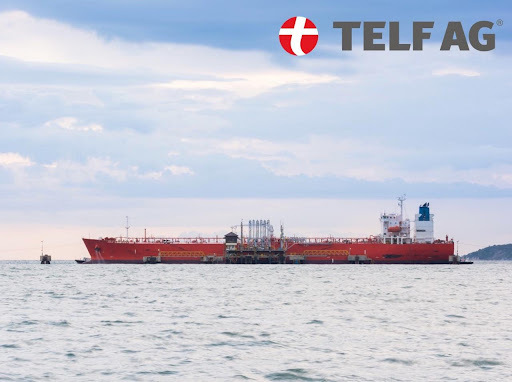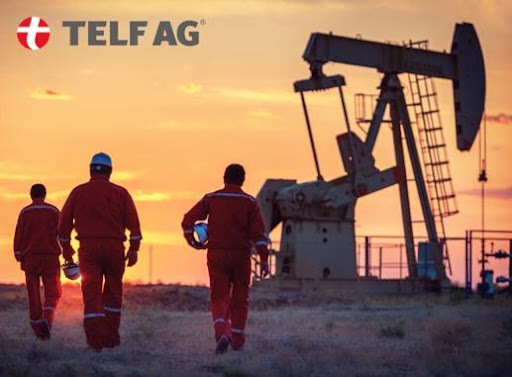TELF AG, a seasoned international physical commodities trader with three decades of industry experience, has released its comprehensive analysis of Week 37 market activities. The report provides valuable insights into significant developments in commodities, energy sectors, and key economic indicators. This analysis covers macroeconomic shifts, price dynamics in the metal market, and the intricacies of the battery materials industry. Among the highlights are rising European natural gas futures, noteworthy price fluctuations in chrome ore, and shifts in stainless steel and base metals.
According to TELF AG, European natural gas futures experienced a significant uptick due to macro developments. This increase was driven by factors such as the breakdown of union talks and strikes at two major Chevron facilities in Australia. Despite the rising gas prices, European fuel reserves currently stand at historic highs for this time of year, surpassing the EU’s objectives. The report also notes minimal changes in oil prices, with Brent crude and U.S. West Texas Intermediate showing slight declines. TELF AG suggests that these price movements were influenced by decisions made by Saudi Arabia and Russia to extend supply cuts, which counteracted concerns about Chinese economic activity. Meanwhile, the Baltic Dry Index, a measure of shipping and trade, declined during the week, primarily due to a drop in the Baltic Capesize Index, even though the Baltic Panamax Index showed signs of improvement.
In the realm of chrome ore, TELF AG reported significant price increases. These increases were attributed to shipping issues, especially at Richards Bay. Robust Chinese demand for ferrochrome played a role in stabilizing prices. The report also highlighted that Ferro-Chrome (FeCr) prices remained consistent in the Chinese spot market, while European prices increased. Conversely, U.S. prices saw a decline due to weak demand and external market influences.
The analysis of manganese (Mn) dynamics revealed that Chinese silicon manganese mills reported higher tender prices during the week. Mn ore prices in China also increased, driven by rising alloy tenders and strong sales. Additionally, Indian manganese alloys witnessed price increases following the monsoon break. In the FerroSilicon (FeSi) sector, TELF AG noted a rise in Chinese production during August, with total production reaching 450,000 tons, representing a significant month-on-month increase.
Regarding stainless steel, domestic prices in China experienced an uptick. This increase was influenced by changes in housing transaction policies and a rise in nickel futures. TELF AG reported that stainless steel output in China escalated in August, with projections indicating a substantial increase in September. The report also explained that copper prices, in general, declined for base metals but showed some recovery due to concerns about China’s economic trajectory. Chinese copper output in August increased year-on-year. However, nickel prices have been on a downward trend since the beginning of August, affected by an influx of Indonesian nickel and stagnant demand for stainless steel.
Finally, in the battery materials sector, TELF AG reported that China’s nickel sulfate output in August saw a year-on-year increase. However, cobalt sulfate production in China declined in August on a month-on-month basis, although year-to-date production remained higher year-on-year.
For a more in-depth understanding of these insights, readers are encouraged to review the full article.







